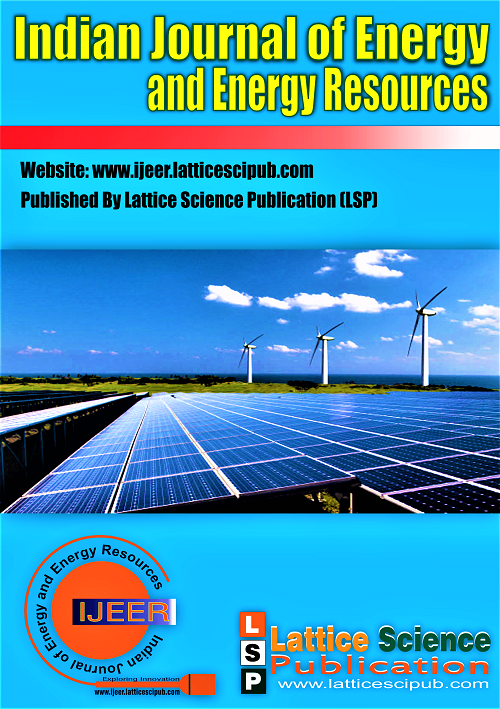A Case Study of Groundwater Potential for Agricultural Sustainability in Ambala District, Haryana by using Geospatial Approach
Main Article Content
Abstract
This study focuses on analyzing the behaviour of groundwater in the Ambala District using a Geographic Information Systems (GIS) approach. The Ambala District, located in 30.2862° N, 76.9643° E faces challenges related to groundwater availability and sustainability due to increasing water demand and potential environmental impacts. The research integrates various datasets, including hydrogeological parameters, groundwater level measurements, land use/land cover data, and geological information specific to the Ambala District. These datasets are processed and analyzed using GIS tools, enabling the identification of spatial patterns, trends, and relationships associated with groundwater behaviour. The analysis encompasses key aspects such as groundwater recharge areas, flow direction, aquifer characteristics, and vulnerability to contamination. By overlaying different thematic layers and conducting spatial analysis, the study identifies areas with high potential for groundwater recharge, areas of groundwater flow convergence or divergence, and regions prone to contamination risks from anthropogenic activities.
Downloads
Article Details

This work is licensed under a Creative Commons Attribution-NonCommercial-NoDerivatives 4.0 International License.
How to Cite
References
Julla Kabeto, Dereje Adeba, Motuma, Shiferaw Regasa Megesra kebede Leta, Groundwater Potential Assessment Using GIS and Remote Sensing Techniques: Case Study of West Arsi Zone, Ethiopia(2023)2 https://doi.org/10.3390/w14121838
Bajpai, V. N. Hydrogeological Studies in the National Capital Territory of Delhi with Reference to Land Use Pattern and Effective Groundwater Management, In proc Indian National Science Academy 77, 1 ( 2011) 31- 49.
Baqui, A. Global Urbanization, trends, patterns, determinants and impacts,
(2009). 1-44.
Census of India (2011). Primary Census Abstract, Haryana, Series 7, Tables - A5-A8, Directorate of Census Operations, Haryana.
Anchoring Sustainable Urbanism as Future of cities. (2019). In International Journal of Innovative Technology and Exploring Engineering (Vol. 8, Issue 6S4). https://doi.org/10.35940/ijitee.f1248.0486s419
Mohamad, N., Jusoh, Prof. Dr. H., & Kassim, Z. (2019). Localizing of Community Resilience Indicators for Assessing the Urban Community Resilience in Putrajaya, Malaysia. In International Journal of Engineering and Advanced Technology (Vol. 8, Issue 5c, pp. 359–365). https://doi.org/10.35940/ijeat.e1051.0585c19
Economic Concentration in Functional Urban Areas of the Countries. (2019). In International Journal of Recent Technology and Engineering (Vol. 8, Issue 3C, pp. 91–95). https://doi.org/10.35940/ijrte.c1016.1183c19
Chandra, D., Hermon, D., Barlian, E., Dewata, I., & Umar, I. (2020). Prediction of Tsunami Hazard Levels Based on GIS Analysis in South Bengkulu Regency. In International Journal of Management and Humanities (Vol. 4, Issue 9, pp. 54–57). Blue Eyes Intelligence Engineering and Sciences Engineering and Sciences Publication - BEIESP. https://doi.org/10.35940/ijmh.i0866.054920
Ramesh, G. (2021). A Review on Sustainable Transportation. In Indian Journal of Structure Engineering (Vol. 1, Issue 2, pp. 25–28). Lattice Science Publication (LSP). https://doi.org/10.54105/ijse.b1310.111221





